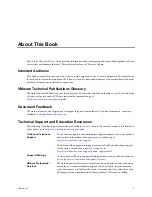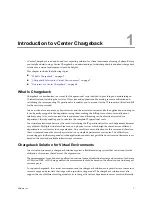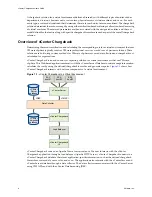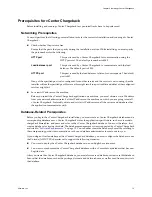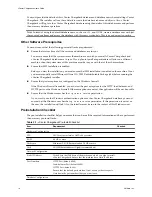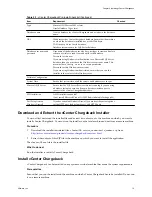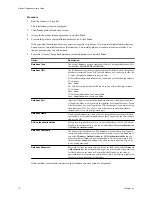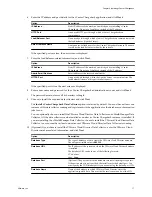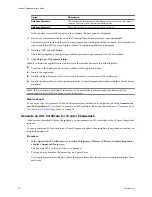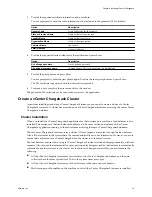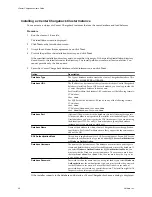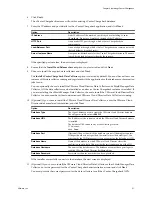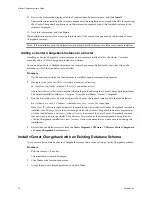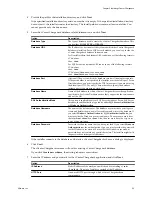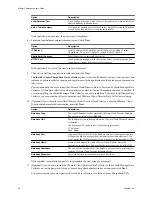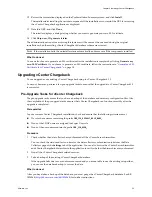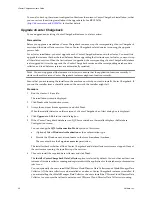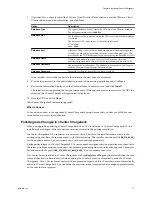
Prerequisites for vCenter Chargeback
Before installing and running vCenter Chargeback few pre-install tasks have to be preformed.
Networking Prerequisites
You must perform the following pre-installation tasks for the successful installation and running of vCenter
Chargeback:
n
Check whether the ports are free.
Ensure that the ports that you specify during the installation are free. While installing you must specify
the port numbers for the following:
HTTP port
This port is used by vCenter Chargeback for communication using the
HTTP protocol. The default port number is 8080.
Load-balancer port
This port is used by vCenter Chargeback to communicate with the load
balancer. The default port is 8009.
HTTPS port
This port is used by the load balancer to listen for user requests. The default
port is 443.
If any of the specified port is also configured for another service and the service is not running, then the
installer will use the specified port. However, this might result in a port conflict and either of the configured
services might fail.
n
Set a static IP address on the machine.
Before you install the vCenter Chargeback application on a machine, you must obtain a static IP address
from your network administrator. Set this IP address on the machine on which you are going to install
vCenter Chargeback. Preferably, obtain and set static IP addresses on all the servers and databases that
the application communicates with.
Database-Related Prerequisites
Before you begin the vCenter Chargeback installation you must create a vCenter Chargeback database and a
corresponding database user. vCenter Chargeback stores the application-specific data, such as cost models,
chargeback hierarchies, and users and roles, in the vCenter Chargeback database. You must, therefore, first
create a database for storing this data. The database management systems supported by vCenter Chargeback
are listed in
“Software Requirements,”
on page 12. You can either create the database yourself by referring to
the corresponding product documentation or ask your database administrator to create one for you.
If you using an Oracle database as the vCenter Chargeback database, you must configure the database to use
the Unicode (AL32UTF8) character set to support the following scenarios:
n
You want to deploy the vCenter Chargeback database in a non-English environment.
n
You want to synchronize the vCenter Chargeback database with a vCenter Server database that has non-
English data.
After you create the vCenter Chargeback database, you must also create a database user to access this database.
Ensure that the database user has the privileges to create and delete schema, as well as read from and write to
the database.
Chapter 2 Installing vCenter Chargeback
VMware, Inc.
13





